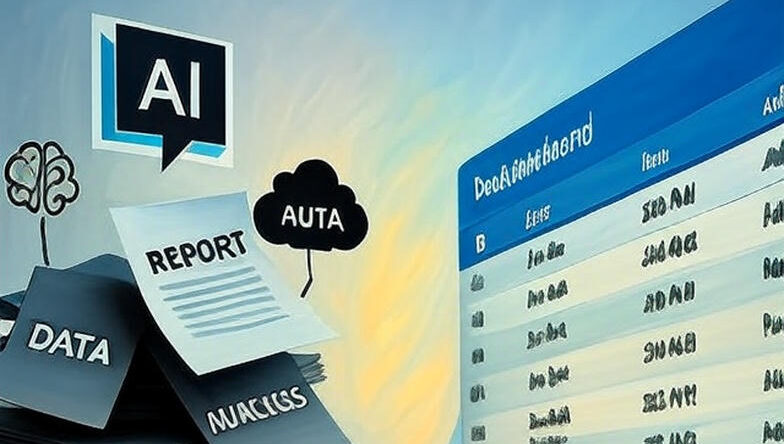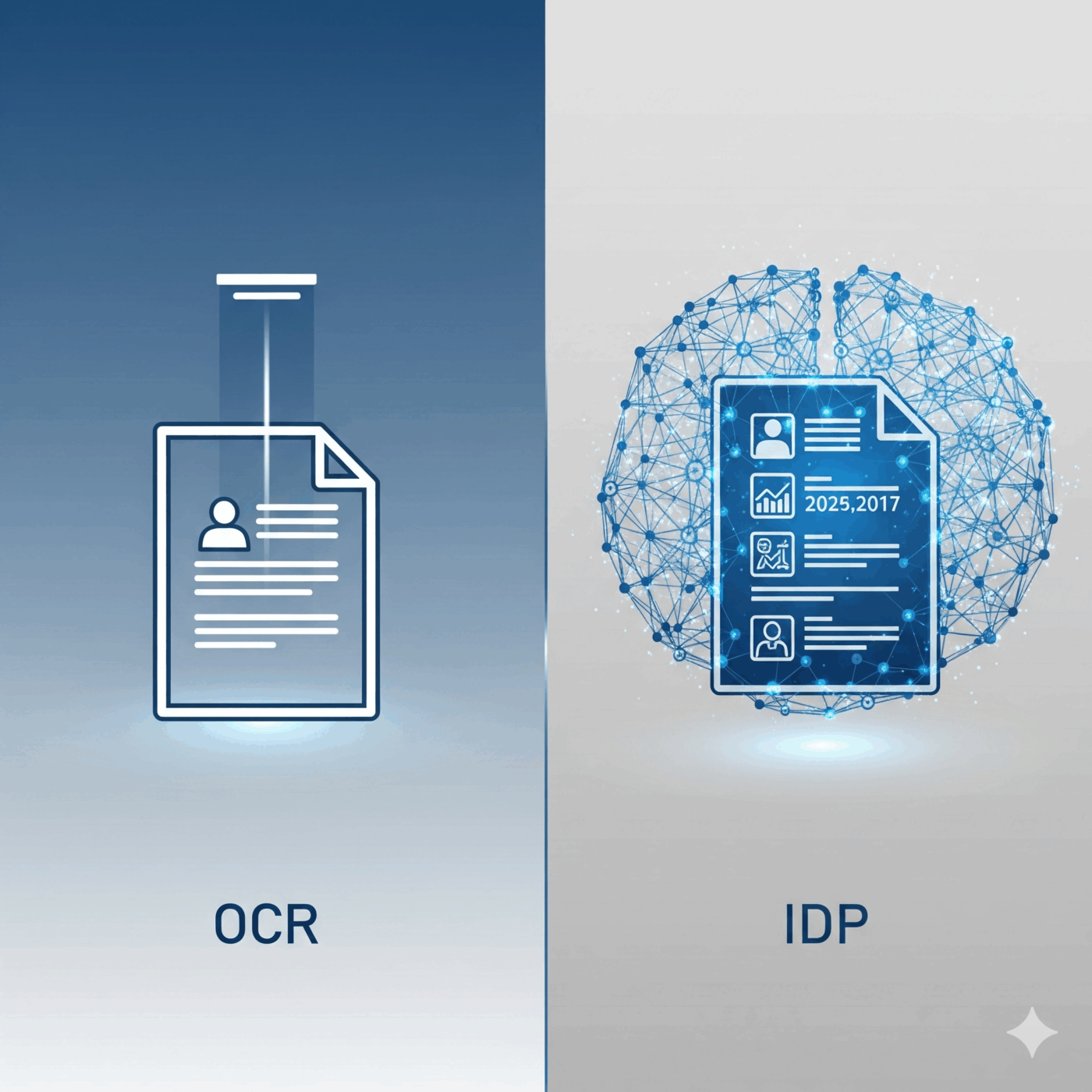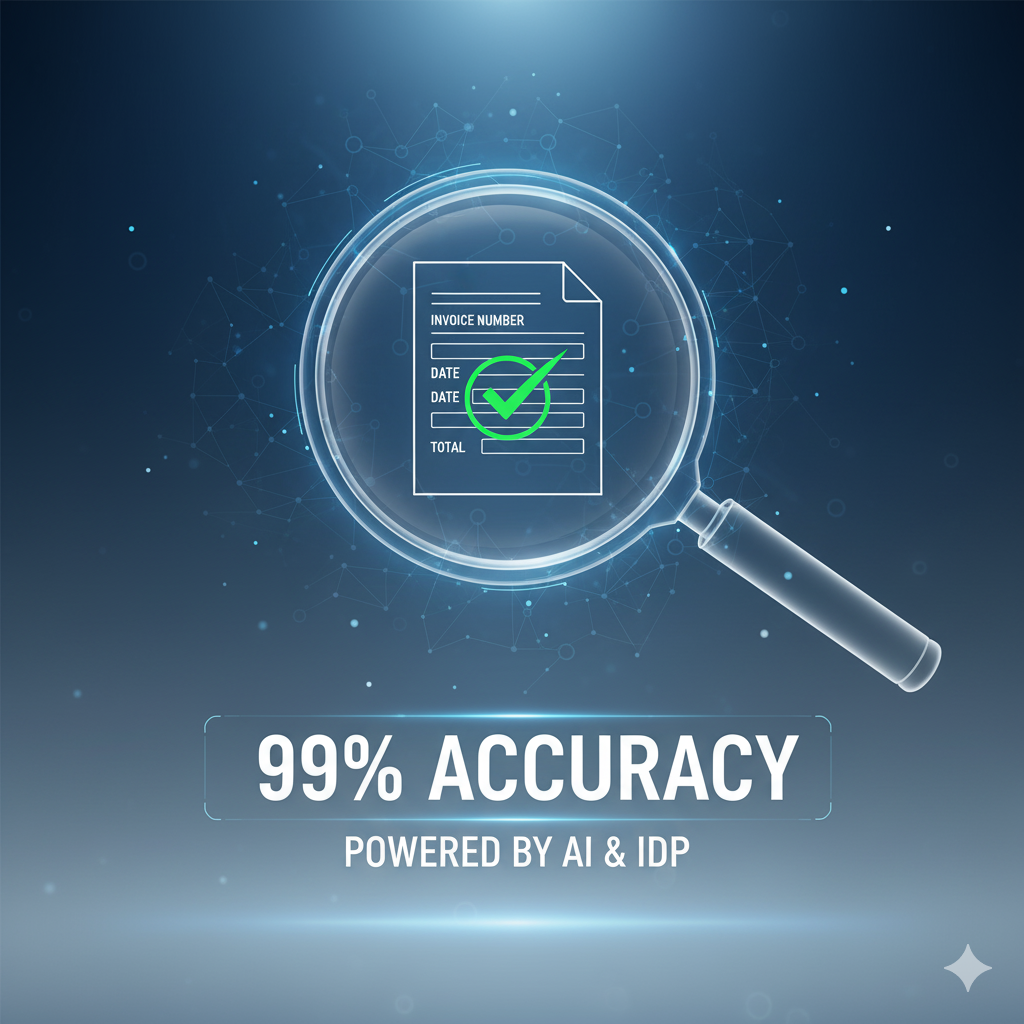Your invoice approval workflow should be a smooth, predictable process—a well-oiled machine that moves invoices from receipt to payment with speed and accuracy. The reality for many finance departments, however, is a disjointed system plagued by delays, hidden costs, and constant frustration. When payments are late and suppliers are calling, it’s a clear sign your workflow is broken.
These delays are rarely caused by a single issue. They are the result of specific bottlenecks that disrupt the flow of information and create unnecessary work for your team. By identifying these friction points, you can take strategic action to create a more efficient, resilient, and cost-effective accounts payable operation.
This guide will walk you through the five most common bottlenecks in the invoice approval workflow and provide a clear path to solving them.
1. Manual Data Entry and Human Error
The moment an invoice arrives, a clock starts ticking. The first step for many AP teams is manual data entry, a task that is not only time-consuming but also the source of countless downstream problems.
When your team members manually key in information from a PDF or paper document into your ERP system, you create an immediate and significant bottleneck. The process is slow by nature, but the real cost comes from the inevitable human errors. A mistyped invoice number, an incorrect amount, or a transposed digit on a purchase order can invalidate an invoice from the start.
The Factual Impact:
- Time: On average, processing a single invoice manually can take over 10 days. The initial data entry accounts for a significant portion of that time.
- Accuracy: Even for skilled professionals, manual data entry processes have an average error rate of 1%. This might seem small, but for a department processing 2,000 invoices a month, that’s 20 incorrect invoices that each require a time-consuming investigation to fix.
This initial bottleneck means that a percentage of your invoices are flawed before they even enter the approval chain, guaranteeing delays later in the process.
The Solution: You can eliminate this bottleneck entirely with automated data capture. Using Intelligent Document Processing (IDP), you can automatically extract all relevant data with over 99% accuracy in seconds, ensuring your workflow starts with clean, validated information every time.
2. Complex or Unclear Approval Hierarchies
An invoice has been entered, but where does it go next? This is where many workflows grind to a halt. If your approval process relies on someone manually deciding who needs to sign off, you are inviting delays.
This problem becomes magnified in larger organizations with complex purchasing rules. Consider these common scenarios:
- An invoice is for a capital expenditure that requires approval from a department head and the CFO.
- An invoice is over a certain threshold (e.g., R50,000) and needs multiple signatures.
- The primary approver for a specific department is on leave, and nobody is sure who the designated backup is.
When the path is unclear, invoices end up sitting on desks or stagnant in email inboxes while your team wastes time chasing down the correct approver.
The Solution: You need to replace manual routing with a rules-based digital workflow. With an automated system, you can build your company’s unique approval hierarchies directly into the platform. The software then automatically routes each invoice to the correct person or sequence of people based on pre-defined rules like:
- Invoice amount
- Supplier name
- Department or GL code
- Project name
3. Physical Document Routing and Lost Paperwork
If your approval process still involves paper, you are operating with an unavoidable and severe bottleneck. Relying on inter-office mail, courier services, or individuals carrying documents from one desk to another is a recipe for disaster in the modern business environment.
Paper invoices get lost. They get buried under other documents, accidentally thrown away, or left in the wrong person’s inbox. When an invoice is lost, the entire process must start over, often weeks after it first began. This not only causes extreme delays but also significantly damages your relationship with suppliers who are forced to reissue documents and wait even longer for payment.
The Factual Impact: According to industry analysts, the time employees waste searching for misfiled or lost documents costs businesses thousands of rands each year. For a critical financial document like an invoice, that cost is magnified by late fees and damaged supplier trust.
The Solution: A centralized, cloud-based platform eliminates the physical document entirely. Every invoice is scanned or ingested digitally at the start of the process and resides in a secure, central repository. Approvers are notified automatically and can review and approve invoices from any device, anywhere, creating a complete and transparent digital audit trail.
4. Exception Handling and Dispute Resolution
An “exception” occurs when there is a mismatch between the invoice, the purchase order, and the goods receipt note—a process known as three-way matching. This is arguably the single largest bottleneck in any accounts payable workflow.
The Factual Impact: According to the “State of ePayables 2024” report from Ardent Partners, the average invoice exception rate is over 11%. For businesses with low levels of automation, this figure is often much higher.
When an exception is flagged, it brings the approval process to a dead stop. Resolving it requires a manual, time-consuming investigation that involves:
- Contacting the supplier to clarify the discrepancy.
- Coordinating with the procurement team to check the PO.
- Communicating with the warehouse or receiving department to confirm delivery.
This process can take days or even weeks of back-and-forth communication, all while the invoice remains unpaid.
The Solution: An automated system flags exceptions instantly and provides all the necessary documentation in one place. Your AP team can see the invoice, the PO, and the receiving documents side-by-side on one screen, allowing them to identify and resolve the issue in minutes, not weeks.
5. Lack of Visibility and Poor Communication
“What is the status of my payment?” This question is a major source of disruption for any AP department. When a supplier calls to inquire about an invoice, a lack of visibility forces your team to stop their work and begin a manual investigation. They have to dig through email chains, check spreadsheets, or physically walk over to approvers’ desks to track down the document.
The Factual Impact: Studies show that AP professionals can spend up to a third of their time simply responding to supplier inquiries. This is a massive productivity drain that prevents them from focusing on more strategic financial activities.
The Solution: A centralized automation platform provides complete, real-time visibility into the approval workflow. With a central dashboard, your AP team can see the exact status of any invoice in seconds. Even better, many platforms offer a supplier portal where vendors can self-serve and check the status of their payments 24/7, eliminating the need for them to call your team at all.
From Bottlenecks to a Free-Flowing Workflow
These five bottlenecks do more than just delay payments—they inflate processing costs, frustrate employees, and damage crucial supplier relationships. By addressing them with a strategic move to automation, you can create a resilient, efficient, and transparent invoice approval workflow that supports your business’s financial health and growth.





